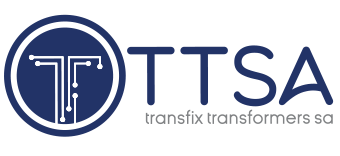Eskom acknowledges that transmission constraints remain an obstacle to the introduction of new renewables generation, but the utility also highlights that 32 GW of grid capacity is immediately available to those independent power producers (IPPs) willing to build projects outside of the country’s prime solar and wind regions. Renewables developers have hitherto targeted the Northern, Western and Eastern Cape provinces, owing to the fact that the solar and wind resources in these regions are among the best globally and superior to those in South Africa’s other six provinces.
As South Africa’s government struggles to provide sufficient electricity, public transport and other basic services, the country’s main tourist hub is increasingly going it alone.
Cape Town, which has been led by the opposition Democratic Alliance since 2006, is forging ahead with plans to secure its own energy supply. It’s also investigating the feasibility of taking over the city’s commuter rail network — currently operated by a State-owned company — and playing a role in getting the harbor to run more efficiently. And it’s hired more than 1 000 of its own security officers to complement the work of the police force, which it accuses of doing a dismal job of fighting gang violence and other crime.
INDUSTRY NEWS
WHERE TO FIND US
Address
9 Yellow Street
Botshabelo Industrial Area
Botshabelo, Free State
Call / Email Us
Tel: +27 (0) 61 956 6772
Email: info@transfix.co.za
